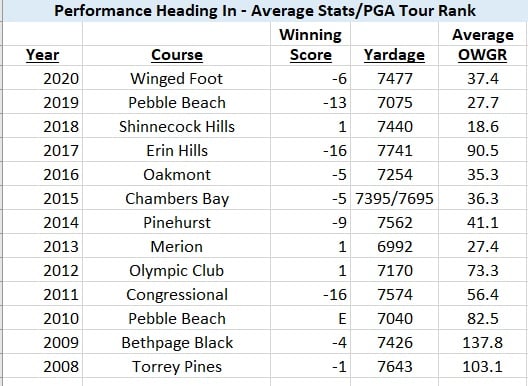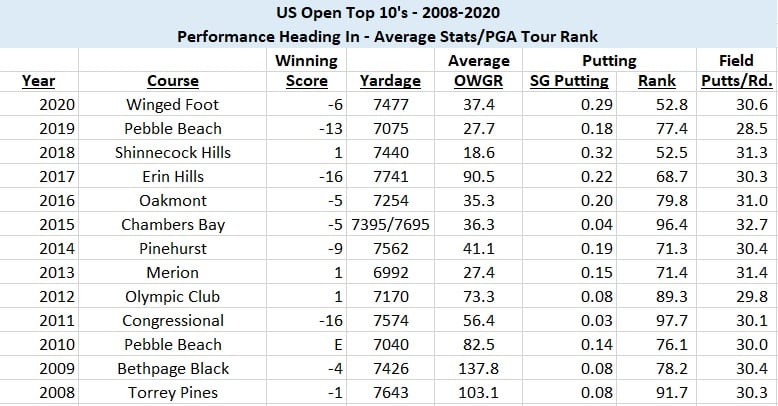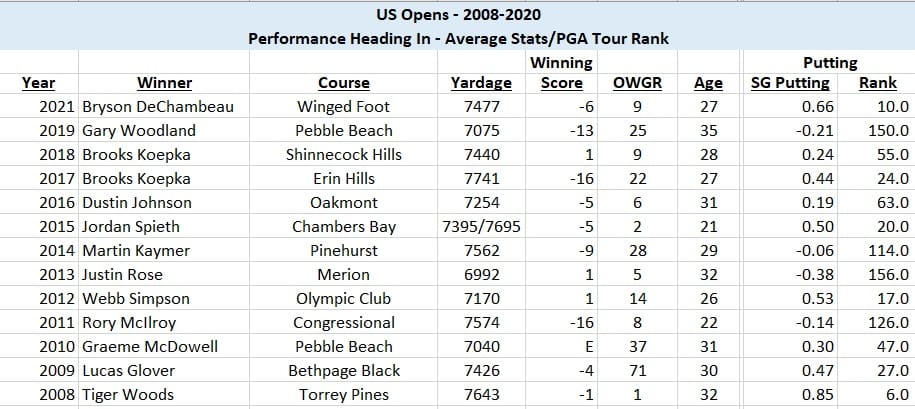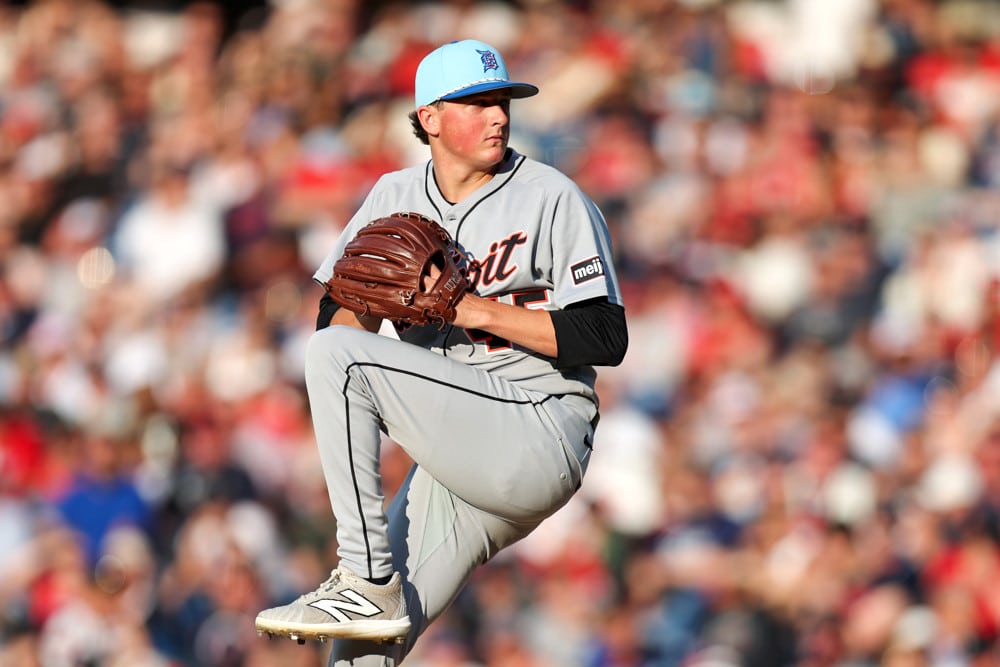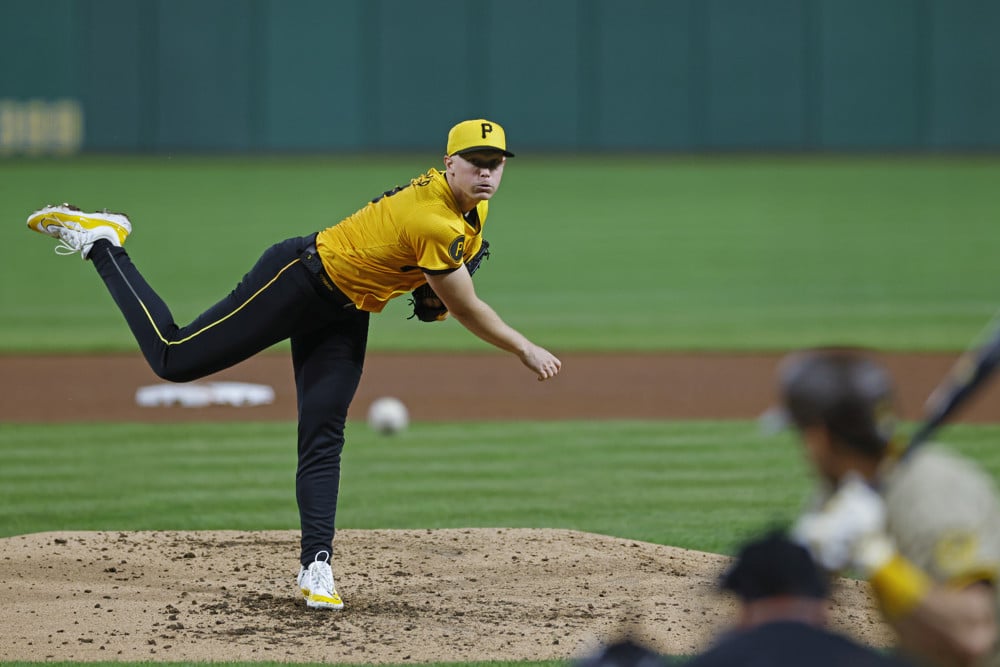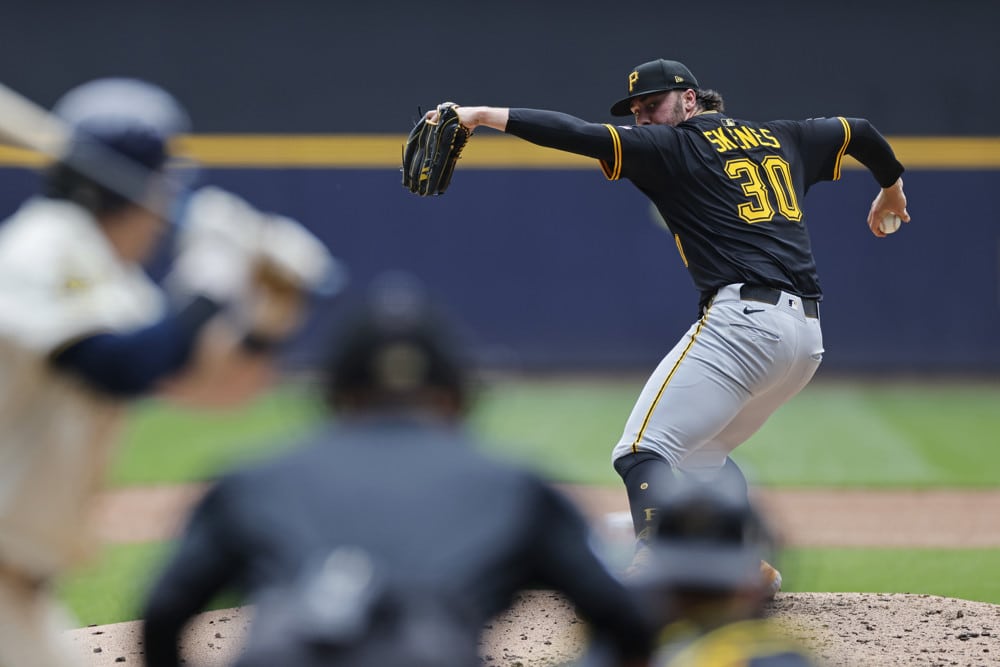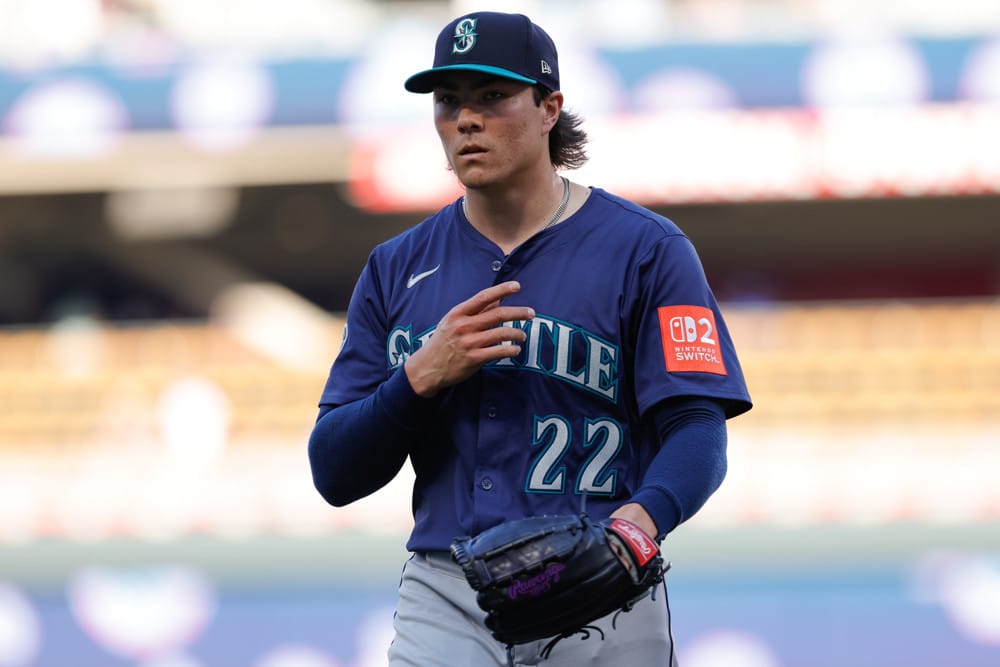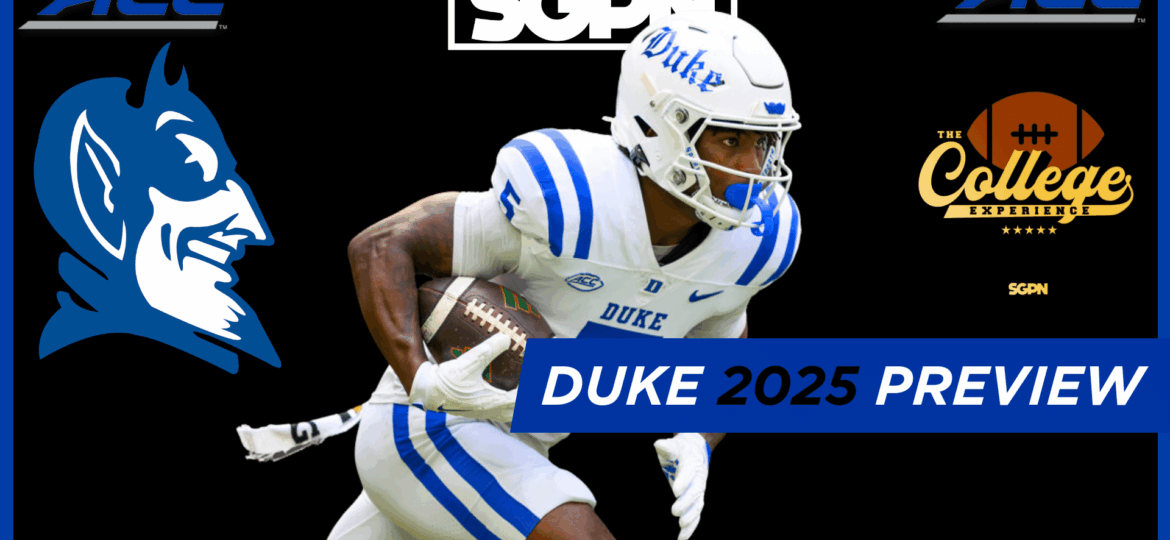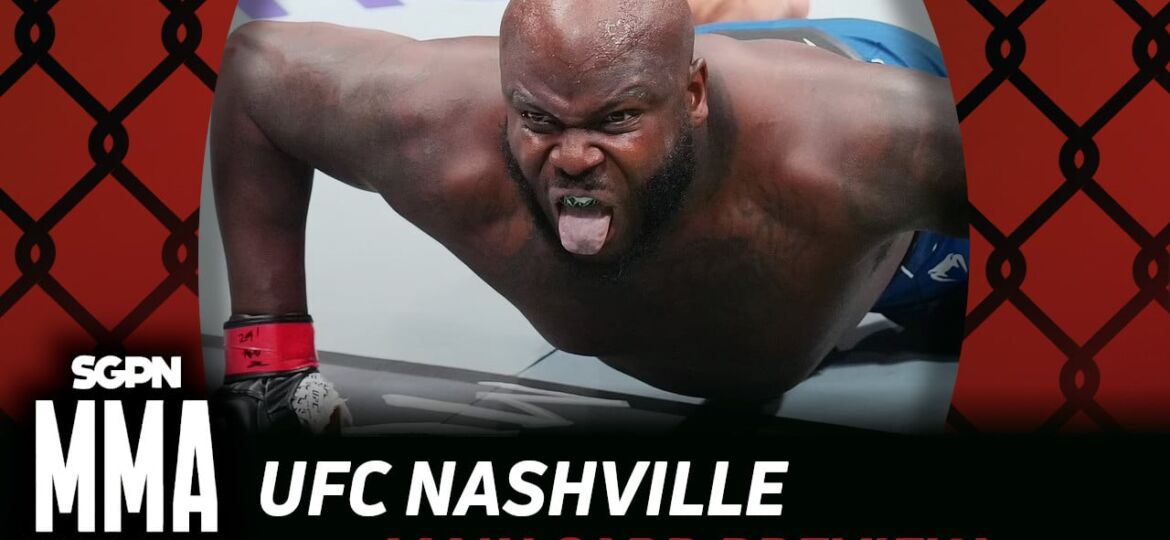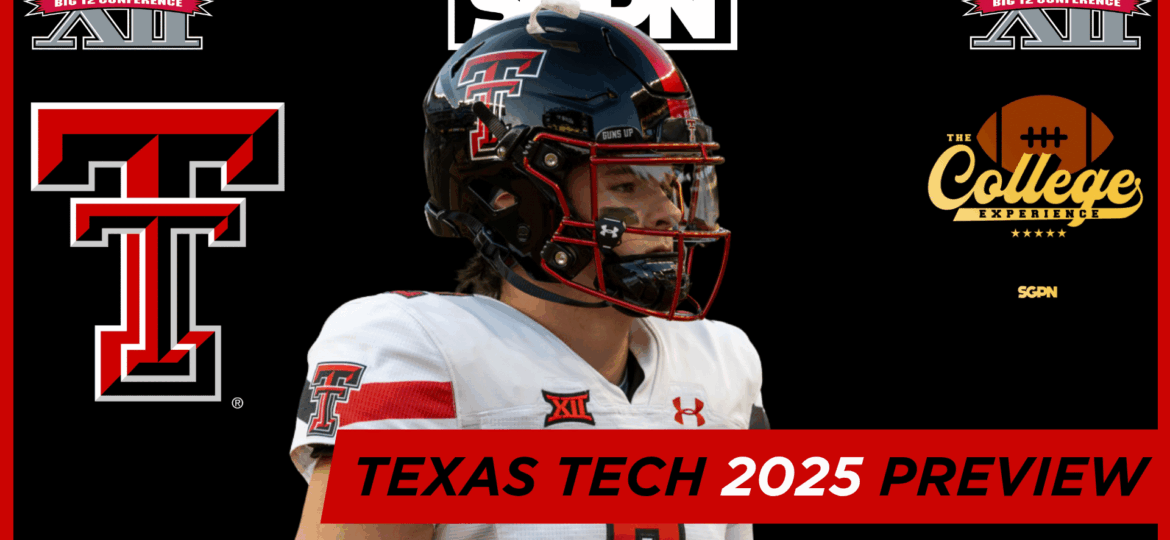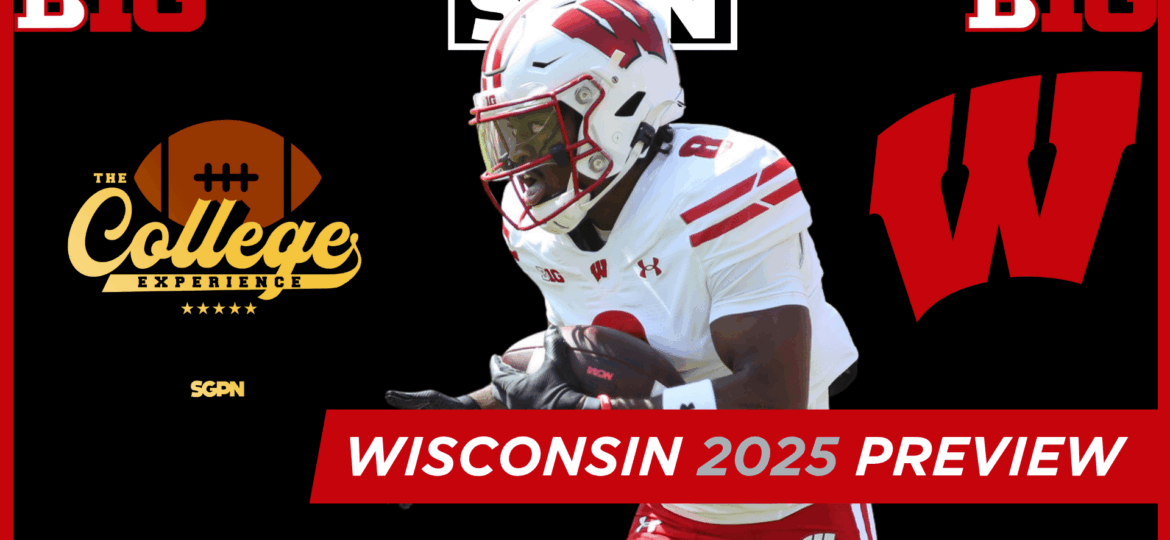
The world’s best golfers take on golf’s toughest test. This week the third major of the year tees off for the 121st U.S. Open at Torrey Pines South in La Jolla, California. As always, here is your early deep-dive on the U.S. Open and a preview for how to bet.
U.S. Open Preview – The Field
Entry into the U.S. Open is the most democratic in golf. Those who don’t receive an automictic exemption can still play their way in. Monday sectional qualifiers are one of the most chaotic days in all of golf. Very few spots are available for hundreds of players. This year’s sectional qualifying was no exception. The high-profile Columbus qualifier full of several notable PGA Tour stars bled into Tuesday due to rain.
The field was set for the 121st U.S. Open after a five-way playoff. Among notables who did not qualify for the event include Rickie Fowler, Keegan Bradley, Brandt Snedeker, and Cameron Tringale. All of them failed to advance from Sectional Qualifying.
The most high-profile note of the field this week is the status of Jon Rahm. Rahm was leading the Memorial by six shots after the third round. However, he was forced to withdraw due to a positive COVID test. Yesterday, news broke that Rahm was permitted to emerge from isolation and is fully cleared to play at Torrey Pines South. He’s a former winner at the golf course and in great form. It’s no wonder he has the shortest odds to win the U.S. Open.
For the full field, click here.
U.S. Open Preview – The Golf Course
The overall history and flair of Torrey Pines South can be found in the 2021 Farmers Insurance Open Preview and Betting Strategies. For anyone who’d like a refresher, click here.
The last time Torrey Pines hosted a U.S. Open was in 2008. That tournament was one of the most legendary ones in all of golf. Tiger Woods, on one leg, defeated Rocco Mediate in a Monday Playoff for his 14th major championship. It’s also the last time a playoff decided the U.S. Open. Immediately after his victory, Tiger Woods got season-ending surgery on his knee. His victory at a grueling golf course with a torn ACL and a fractured tibia might be the greatest accomplishment in all of golf.
Here is the drone flyover of the golf course from the USGA:
Overall, Torrey Pines South won’t look much different than it does for the Farmers Insurance Open or it did for the 2008 U.S. Open. The golf course remains very long. The official scorecard is Par 71 at 7,685 yards. That’s slightly shorter than the yardage for the Farmers Insurance Open. The 6th will be a long Par 4 for the U.S. Open. The fairways are very narrow. Bunkers typically guard both sides of the fairway. 14 of 18 holes feature bunkers left and right of the greens. The greens are fast, small, and quadrated. To the untrained eye, the 2021 U.S. Open will look quite familiar.
But Rees Jones made a few subtle changes to make Torrey Pines South ready for the U.S. Open. A few new tee boxes were added to make some holes play a little differently than in 2008. A tightly mowed collection area was added to the back of the Par 5 9th. And the 14th will no longer play as a driveable Par 4.
But the most significant change made to the golf course was with the fairway bunkers. Increased driving distances forced his hand. New fairway bunkers were added to make it more challenging off the tee. Bunkers were also shifted closer to fairways to allow balls to roll down into them. Every Par 4 and 5 on the golf course got some sort of bunker alteration. Either existing fairway bunkers were brought in closer to the fairway, or a new one was added to the landing zone.
The work to the first hole is a great example of this:
1st Hole – Before
1st Hole – After
The bunker previously reachable at 250 yards was moved up the fairway. It’s now 320 yards off the tee to the middle of that bunker. In addition, before the renovation, a small swath of rough provided a barrier between the bunker and the fairway. Balls that just trickled off the fairway could get caught up in the intermediate rough. Now, the fairway transitions to the bunkers themselves. There’s less margin for error off the tee now than there was before.
There are also some subtle differences between a Farmers Insurance Open setup and a U.S. Open one. For starters, Torrey Pines South plays much firmer and faster in June than it does in January. The area sees very little rainfall this time of year, with the only moisture provided by a marine layer that rolls off the coast. Absent that, balls will roll out in the fairway and the greens will not be very receptive unless spin is put onto the ball.
Changing Course Setup
The grass type is also slightly different too. In January, the golf course is overseeded with ryegrass in the fairways and the rough. In June, it returns to its natural state. The fairways and rough are Kikuyu. Kikuyu is a grass native to East Africa and is a very spongy, grabby grass. Once a ball lands in Kikuyu rough, it pretty much stops dead in its track.
It’s also a very challenging grass to hit from out of the rough. Sometimes, balls will nestle down into it and players will be forced to hack out back into the fairway. Other times, however, the ball can sit up quite nicely like it was on a tee. But this is challenging too, particularly in firm U.S. Open conditions. It’s difficult to get any spin on the ball out of Kikuyu rough. Without spin, players won’t be able to hold greens or get anywhere near the pin. Confidence with distance control is a necessity for players hitting irons out of the rough.
In 2008, the USGA utilized graduated rough. The intermediate rough was 1.25 inches thick. The primary rough was 2.25 inches. The second cut of rough was 3.25 inches thick. Around the green, the rough was 3 inches thick from a 15-foot radius around the green. Outside of that, the rough was 4 inches thick. It’s unknown right now just how deep the rough is. But at the very least, it seems like the rough around each green is about as thick as it was in 2008.
Lastly, the poa annua greens will run faster for the U.S. Open than a typical Farmers Insurance Open. Typical Farmers Insurance Opens run greens between 12 and 12.5 on the stimpmeter. That’s fast for PGA Tour standards. In 2008, the U.S. Open ran the greens between 13 and 13.5 on the stimpmeter. It will be vital to keep the ball below the hole or on the proper tier.
U.S. Open Preview – Betting Strategies
For starters, let’s look back at the Top 10 from the 2008 U.S. Open:
The chart above shows how everyone ranked for the season heading into the PGA Tour. Most gamblers will be relying on form heading into the event, thus this type of information is relevant.
Obviously, there isn’t much to discuss with why Tiger Woods won the 2008 U.S. Open. He’s the best player of all time and was at the peak of his powers. In the eleven starts heading into the tournament, Tiger had won eight of them. He hadn’t finished worse than 5th in any of those tournaments. His health was why anyone was close to defeating him. If it wasn’t, he might have beaten the field as badly as he did at the 2000 U.S. Open at Pebble Beach.
The rest of the Top 10 was rather pedestrian. Only Tiger Woods, Geoff Ogilvy, and Lee Westwood were inside the Top 20 in the OWGR heading into the event. And seven of these players ranked outside the Top 60 in the OWGR heading into the event, including four players ranked well outside the Top 100.
Most of these players in the Top 10 didn’t have elite length off the tee. Nor were they collectively a good group of scramblers and putters. But a common theme amongst the rest of the Top 10 was that they were all very good with their irons. Of the players who qualified for PGA Tour stats, collectively they had an average ranking of 40th in Strokes Gained – Approach leading up to the tournament. Though Westwood, Karlsson, and Jiminez had no ranking, all of them were considered very good ball strikers in Europe. But overall, this was a very weak collection of players who finished inside the Top 10 at the 2008 U.S. Open.
Was the Torrey Pines set up the cause of the parody? Or a result of where golf was in 2008. The latter is more likely the cause. In the mid to late 2000s, golf was dominated by a shortlist of elite players. Tiger Woods, Phil Mickelson, Ernie Els, and Vijay Singh had separated themselves from the pack. Sergio Garcia, Adam Scott, Justin Rose, Padraig Harrington, and Jim Furyk also separated themselves too. But after these players, most of the golfers in the professional circuit were about the same. The talent gap between these higher echelon players and average ones wasn’t all that much. Outside this group of players, the playfield field was pretty even overall.
Things started to shift in the early 2010s for two reasons. First, a collection of young, uber-talented stars began to break through to the PGA Tour. These players were more athletically fit, stronger, and faster than the previous generation of golfer. And second, the advancements in golf technology allowed them to play the game much differently than the previous generation. Whereas accuracy and short game was once the best way for one to make hay on the PGA Tour, the game transformed into one of power and speed. The advancements in golf technology not only allow for a larger pool of quality players but also further separated them from average to above-average professionals. This separation is maximized on difficult, demanding golf course setups.
As time went on, the players who finish inside the Top 10 at U.S. Opens were stronger and stronger:
In general, most U.S. Open leaderboards feature Top 10’s with an average ranking in Strokes Gained – Tee-to-Green around 50th. That’s not surprising as the U.S. Open is the toughest test in golf. But how have the Top 10’s at U.S. Open’s since 2008 evolved over time based on individual skill sets? Let’s break it down:
Off-the-Tee Performance
The importance of performance off the tee has increased over the years. The game of golf is played much differently at the professional level than it was 10 years ago. Golf courses overall have struggled to adapt to the increases in driving distances in the field. As a result, Top 10’s at U.S. Opens featured a higher proportion of players who were gaining more strokes on the field off the tee. This is true at U.S. Opens that feature both a high and low percentage of fairways hit.
It’s also clear from these leaderboards that elite driving accuracy is not /a necessity in a player’s arsenal. The average ranking of Top 10’s at the U.S. Opens since 2008 in driving accuracy just cracks 100th. Spraying the ball everywhere in a U.S. Open is never a good idea. But with longer flying balls and faster clubhead speeds, the penalty for hitting a tee shot into the rough isn’t as severe as advertised.
There’s also a fairly good correlation in the yardages of U.S. Opens and how important it was to be elite off the tee. In shorter yardage, U.S. Opens, players who ranked higher in driving accuracy overall did better than those who did not. In the U.S. Opens with yardages over 7,400 yards, players who relied more on distance and less on accuracy tended to populate the Top 10 more.
This week, Torrey Pines will play 7,658 yards. Longer players who tend to rank highly in Strokes Gained – Off-the-Tee should have the advantage at Torrey Pines. A player who ranks highly in Strokes Gained-Off-the-Tee who has average length can still contend at Torrey Pines (as described below). But they’ll have to strike their irons and putt very well to keep up.
Approach Performance
Strong approach play has always been referenced as a key to playing well at a U.S. Open. Overall, the statistics back it up. Most players who finish inside the Top 10 at U.S. Opens are within the Top 60 in Strokes Gained – Approach heading into the tournament. The U.S. Open field average in greens in regulation % is usually much lower than the average on the PGA Tour. Better iron players typically are able to separate themselves from the field with better approach play.
There are a few exceptions to the rule, though. At Erin Hills and Chambers Bay, weaker iron players heading into the tournament still were able to finish inside the Top 10. Each golf course featured very large greens where it was easier to hit in regulation. That shrunk the gap a bit between the more elite and middling iron players in the field. At almost every other venue that featured smaller greens with low field greens in regulation percentage, the ones heading into the tournament with the stronger form with the irons more frequently finished inside the Top 10.
Some recent winners also bucked the trend too. Three of the last four winners of the U.S. Open were well outside the Top 100 in Strokes Gained – Approach and still won the tournament. Bryson DeChambeau finished 2020 ranked 119th in that category. Two weeks later he won at Winged Foot. Brooks Koepka ranked 143rd and 148th in those categories before the 2017 and 2018 tournaments. He won anyway. Why they are exceptions to the rule is they are tremendously long off the tee. They also each were elite putters.
Each benefitted from individual quirks to their tournament. For Bryson, everyone was missing fairways that week. Most players had to hack back into the fairway. For Bryson, he was able to muscle the ball out of the rough to either the putting surface or close to the green. That was a massive advantage over the field.
For Brooks Koepka, it was two-fold. At Erin Hills, overall it was easier to hit greens that week because of the large putting surfaces. It also played softly. Soft conditions with larger greens can de-emphasize the importance of good iron play. Heading in, Brooks was elite off the tee, scrambling and putting. He won by riding his strengths.
Koepka won Shinnecock Hills because it turned a bit into a scrambling contest. Greens were rock hard over the weekend due to dry, windswept conditions. No one was able to hold greens or get anywhere near the hole over the weekend. Not many players are better than getting up and down from tight, firm lies than Brooks Koepka could. He won a war of attrition that week.
But iron play should have a little more importance at Torrey Pines than other years. Players will certainly miss fairways at higher rates than normal. And hitting out of Kikuyu rough can be tricky. But as mentioned above, players will often get pretty good lies because the ball can sit up a bit in the second cut. That easily lends itself to flyer lies though. Players who have good distance and spin control with their irons, and have a good idea how much a ball with run out after it hits the ground, will have an edge this week. The field average in greens in regulation % in 2008 also was fairly low compared to other U.S. Opens since then. This won’t completely cross off a player who doesn’t have as much pop off the tee but is an elite iron player.
Around the Green Performance
Players who miss the green in regulation don’t tend to get up and down for par at U.S. Opens. There are a few reasons for this. For one, a player who gets wildly out of position off the tee might have 100+ yards into the green for their third. But more importantly, the firm and quick greens make it difficult to nestle balls close to the hole. This leads to comebackers 6+ feet back for par. Those are never gimmes.
There’s a pretty strong trend over the last 6 years of how important it was for one to scramble well. The average ranking coming into tournaments in Strokes Gained – Around the Green was higher at Shinnecock Hills, Erin Hills, and Chambers Bay than it was at Winged Foot, Pebble Beach, and Oakmont. Shinnecock Hills, Erin Hills, and Chambers Bay all featured firm, tight lies into each green. These run-off areas would send the ball well away from the pin, making for a more difficult up and down.
Meanwhile, Winged Foot, Pebble Beach, and Oakmont all featured thick rough around each green. Typically, if a ball bounced off the green it would stay within close proximity of the putting surface. The only challenge was if one drew a horrible lie out of the rough. Otherwise, players could pop the ball out of the rough and at least give themselves a decent look to save par. These are typically easier chips than those on tight surfaces.
Torrey Pines features thick Kikuyu rough around each green. The ball won’t be too far away from the putting surface if one misses by a little. Players of all skill levels will have a good chance to get up and down for par because the shot demanded from them isn’t as complicated as it would be from a tight collection area. While one can’t be a total disaster around the greens, it’s not a death knell if one isn’t elite in that category.
Putting Performance
Putting is one of the most unpredictable stats to forecast. There’s no rhyme or reason why one day a guy putts lights out and the next he can’t hit anything. But overall, decent putters tend to populate Top 10’s at U.S. Opens. The ability to consistently confidently make 5-10 foot putts is such a luxury at an event like this.
There are a few exceptions where putting hadn’t mattered all that much. The greens were in horrible condition at Chambers Bay in 2015. No matter how good one was, no one was making a lot of putts that week. There also were a few weaker putters in the field on these west coast U.S. Opens. Those feature trickier poa annua greens that can be a little more bumpier and difficult than their counterparts on the east coast. And the U.S. Open in 2011 was basically a driving contest where nothing else mattered besides how far one hit it off the tee.
Torrey Pines will feature fast West Coast poa annua that might level the playing field a bit on the greens. That may allow someone who typically struggles with the putter to ball strike their way to a good finish.
How about individual winners since 2008? What was their profile heading into that U.S. Open?
Off-the-Tee Performance
From a statistical standpoint, almost all of these winners were elite in Strokes Gained – Off-the-Tee heading into the U.S. Open. The lone exception was Webb Simpson in 2012, who tackled a short Olympia Fields where driving distance was heavily mitigated. 12 of the last 13 U.S. Open winners were inside the Top 50 in Strokes Gained – OOT heading into the event. Furthermore, 10 of the last 13 winners were inside the Top 15 in Strokes Gained – Off-the-Tee before the U.S. Open. 11 of the last 13 U.S. Open winners were inside the Top 60 in Driving Distance. The last five U.S. Open winners ranked inside the Top 11 in driving distance.
Approach Performance
Around the Green Performance
Abilities with irons are hit or miss. Some truly elite approach players have won the U.S. Open since 2008. And overall, even the ones who statistically weren’t shown as elite in hindsight are. But good form with the irons isn’t as vital towards the path to victory as it appears. Players who were incredibly long off the tee were able to either overcome their shortcomings with the irons or rose their play in that department to match their elite abilities off the tee that week.
Putting Performance
Like approach play, performance around the green is a mixed bag of recent winners. Several winners were elite in this category, with most of them winning on golf courses featuring tricky tight lies and collection areas. The ones who were weaker in those categories stood a better chance if greens featured thick rough where the ball couldn’t travel far away from the pin.
Very competent putters historically have won the U.S. Open. Nine of the last 13 U.S. Open winners were inside the Top 75 in Strokes Gained – Putting heading into the tournament. But there were some shaky putters heading in that still prevailed. Justin Rose ball struck Merion to death. Same with Gary Woodland, who happened to ride an incredibly hot putter at Pebble Beach. Rory dominated a soft, long Congressional that fit his strengths. And Martin Kaymer was simply unconscious in almost every category at Pinehurst.
Non-Statistical Trends
Lastly, there are a few non-statistical trends of winners at the U.S. Open since 2008:
1. Every U.S. Open winner since 2008 had at least a Top 10 in one of their last 5 starts heading into the event. Furthermore, 11 of 13 had a Top 5 in one of the five tournaments before the U.S. Open.
2. Twelve of the last 13 U.S. Open winners since 2008 had at least 1 win in the past two years leading up to the tournament. The lone exception was Lucas Glover in 2009.
3. Twelve of the last 13 U.S. Open winners made the cut in the last major they played in. The lone exception was Graeme McDowell in 2010.
4. Eleven of the last 13 U.S. Open winners had at least one Top 10 previously at a major championship. The lone exceptions were Lucas Glover in 2009 and Webb Simpson in 2012.
5. Eleven of the last 13 U.S. Open winners were inside the Top 30 in the world before the tournament, including the last 10. Seven of the last 10 winners were inside the Top 15 in the World.
6. 10 of the last 13 winners were between the ages of 26 and 32. The oldest U.S. Open winner since 2008 was Gary Woodland at 35. Jordan Spieth and Rory McIlroy each won at 21 and 22 years old, respectively. Spieth and McIlroy are both regarded as generational talents.
A trend is only a trend until it’s broken. Ask Hideki Matsuyama and Phil Mickelson, who fit none of the recent trends of past major champions. But it does help provide a general road map of the types of players one should target for outrights this week.
RELATED CONTENT






